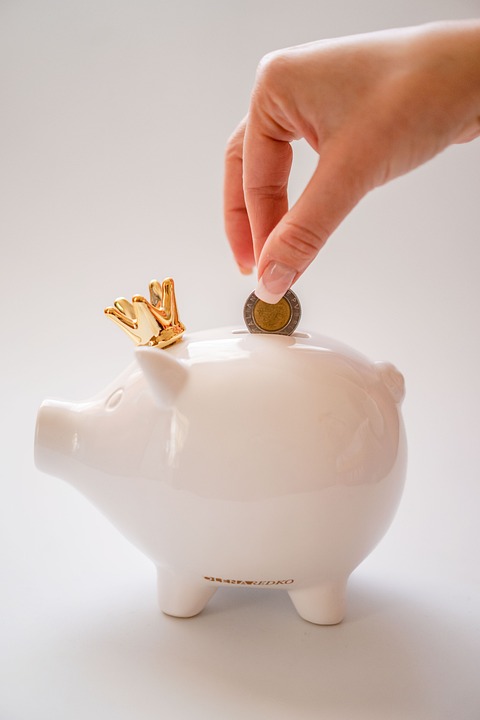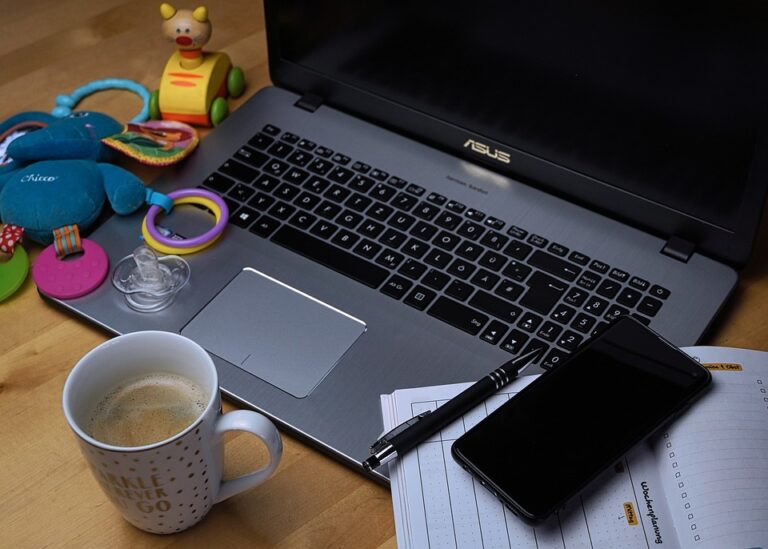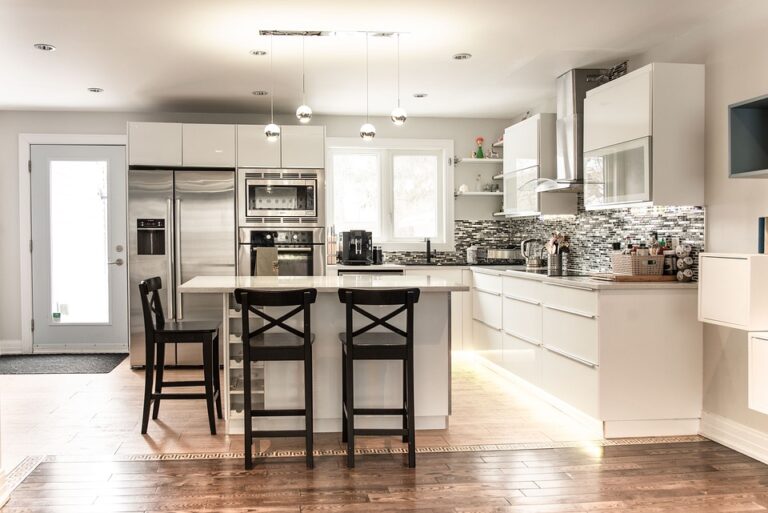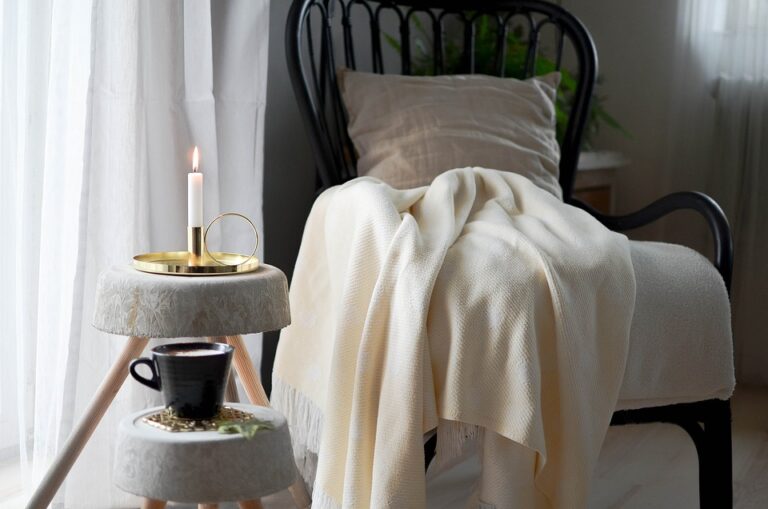A Close-Up On Minimalist Living
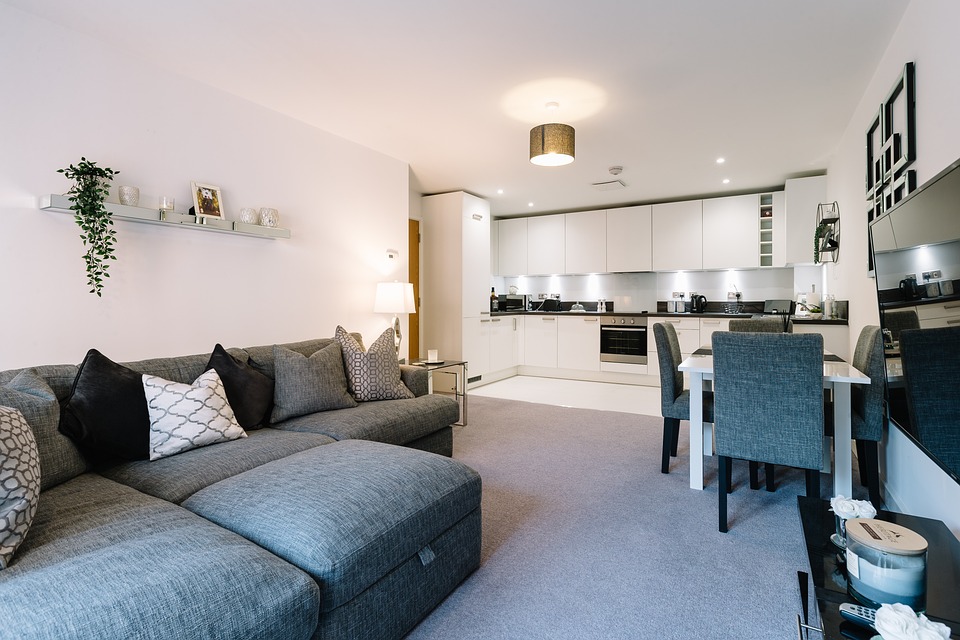
In a world increasingly cluttered by consumerism and digital distractions, the concept of minimalist living offers a refreshing escape. It’s about more than just decluttering your physical space; it’s a philosophy that can transform your entire lifestyle, bringing clarity, focus, and peace.
Understanding Minimalism: More Than Just Decluttering
Minimalism is often misunderstood as simply getting rid of excess stuff. While decluttering is a significant aspect, minimalism is more about living intentionally with the things you truly value. It’s about making conscious decisions regarding how you spend your time, energy, and resources. By eliminating the non-essential, you make room for what truly matters.
The Philosophy Behind Minimalism
At its core, minimalism is a mindset shift. It encourages you to focus on what adds value to your life rather than accumulating possessions. This philosophy can apply to various aspects of life, including your home, relationships, and even your mind. It’s about creating space for experiences, personal growth, and meaningful connections.
Benefits of Minimalist Living
Adopting a minimalist lifestyle offers numerous benefits, both tangible and intangible. Here are a few key advantages:
- Reduced Stress: A cluttered environment can lead to a cluttered mind. By simplifying your surroundings, you reduce stress and create a calm, peaceful atmosphere.
- Financial Freedom: Buying less means spending less. Minimalism encourages mindful spending, helping you save money and reduce financial stress.
- Increased Focus: With fewer distractions, you can concentrate better on tasks and goals, leading to improved productivity and satisfaction.
- Environmental Impact: Consuming less reduces your carbon footprint, making minimalism an eco-friendly choice.
Steps to Start Your Minimalist Journey
Embarking on a minimalist lifestyle might seem daunting, but it doesn’t have to be. Here are some practical steps to help you get started:
1. Define Your “Why”
Before you begin decluttering, take a moment to understand why you want to embrace minimalism. Are you seeking more freedom, less stress, or a clearer mind? Defining your motivation will keep you inspired and focused throughout your journey.
2. Start Small
Minimalism is a gradual process. Begin with a small area, like a single drawer or closet, and gradually expand to larger spaces. This approach prevents overwhelm and builds momentum as you see tangible results.
3. Evaluate Your Possessions
As you sort through your belongings, ask yourself if each item serves a purpose or brings you joy. If not, consider donating, recycling, or selling it. Remember, it’s about quality, not quantity.
4. Digitize When Possible
In today’s digital age, much of our clutter is digital. Organize your digital files, unsubscribe from unnecessary emails, and limit your time on social media. A streamlined digital life complements a minimalist physical environment.
5. Embrace Mindful Consumption
Minimalism isn’t just about decluttering; it’s about preventing future clutter. Be mindful of what you bring into your life. Before making a purchase, ask yourself if it aligns with your values and contributes to your life’s goals.
Minimalism Beyond the Home
While physical decluttering is a significant aspect of minimalism, the principles can be applied to other areas of life:
Minimalism in Relationships
Focus on quality over quantity in your relationships. Nurture meaningful connections and let go of toxic or superficial ties. This approach fosters deeper, more fulfilling interactions.
Mental Minimalism
Practice mindfulness and meditation to clear mental clutter. Prioritize activities that enrich your mind and soul, and let go of habits that drain your energy.
Time Management
Minimalism can also be applied to how you manage your time. Learn to say no to commitments that don’t align with your priorities. By doing so, you create space for activities that truly matter to you.
Embracing Minimalism as a Lifestyle
Minimalism is not a one-time project but an ongoing lifestyle choice. It requires continuous reflection and adjustment as your priorities and circumstances change. Here are some tips to maintain a minimalist lifestyle:
- Regular Reflection: Set aside time regularly to evaluate your progress and make necessary adjustments.
- Adopt a Gratitude Mindset: Focus on appreciating what you have rather than desiring more.
- Stay Inspired: Read books, watch documentaries, and connect with like-minded individuals to stay motivated.
Conclusion: The Joy of Less
Minimalist living is about finding joy in simplicity and freedom in less. It’s a personal journey that can lead to profound changes in how you perceive and interact with the world.
By focusing on what truly matters, you create a life filled with purpose, clarity, and fulfillment. Whether you’re just starting or are already on the path, embracing minimalism can transform your life in ways you never imagined. Take the first step today, and discover the profound joy that comes from living with less.

